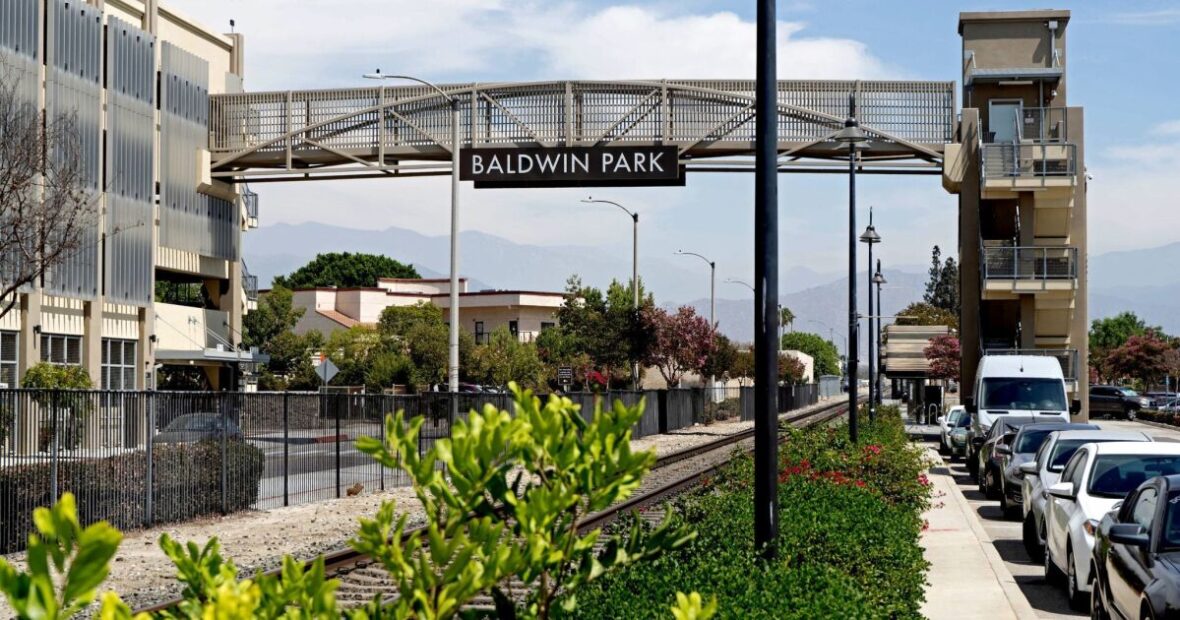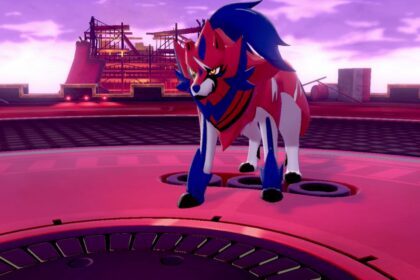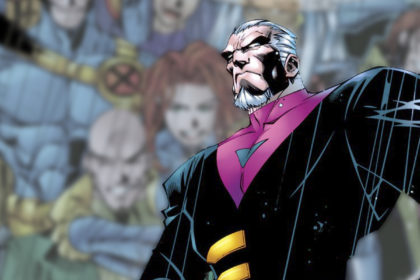Baldwin Park is a city located in the central San Gabriel Valley region of Los Angeles County, California, United States. Take a look below for 25 fascinating and incredible facts about Baldwin Park, California, United States.
1. As of the 2010 census, the population was 75,390, down from 75,837 at the 2000 census.
2. Baldwin Park began as part of cattle grazing land belonging to the San Gabriel Mission.
3. It eventually became part of the Rancho Azusa de Dalton and the Rancho La Puente properties.
4. The community became known as Vineland in 1860.
5. By 1906 it changed to Baldwin Park.
6. It was named after Elias J. “Lucky” Baldwin. In 1956 Baldwin Park became the 47th incorporated city in the State of California.
7. Currently the city is pushing to revitalize its economic base.
8. There are six active Project Redevelopment Areas located in strategic areas of the city.
9. Projects within these redevelopment areas are as diverse, including high-quality senior housing, Home Depot, Starbucks, Harley Davidson, a transit oriented district (TOD) near the Metrolink Train Station and various other thriving businesses.
10. Baldwin Park is home to the first In-N-Out burger stand, opened on October 22, 1948. It was the first drive-thru in California and was replaced in November 2004 with a new building.
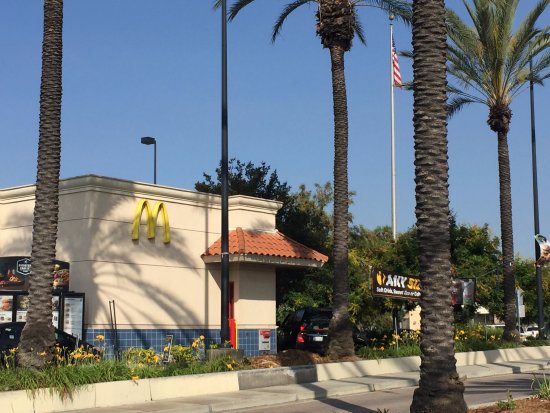
11. The new In-N-Out University and company store opened in 2006 on Francisquito Avenue.
12. Also, the company’s first meatpacking plant is located down the street from the locations at the company headquarters on Hamburger Lane. In-N-Out now has a second meat processing plant in Texas to serve their Texas restaurants.
13. As of September 1882, the first school house was built on the southeast corner of North Maine and Los Angeles Avenues in 1884.
14. It contained two rows of double seats, a central aisle leading to the teacher’s desk, and a heating stove at the north end. Mr. Frazier was the first teacher. In April 1888, the Vineland School District was established according to county records.
15. The first Board of Trustees took office on July 1, 1888, and elected Miss Jessie Washburn to teach the district school that fall.
16. The building was sold in 1890 and moved to another site for a private residence. The district built the second school in 1890 and hired two teachers, Miss Ellen Lang and Miss Venna O. Finney. The second school house was relegated to the past in 1912. It later became a private Japanese school and stood as a landmark until it caught fire on September 5, 1936, and burned to the ground. Today, the Baldwin Park Unified School District lies contiguously with the city’s borders.
17. There are 23 schools within this district. The budget is well over $100 million. Currently the district is building new school structures to accommodate growth.
18. The district is adopting data driven strategies to help students achieve better scores in the API tests. There is an active push by the district to hire new teachers while providing retirement incentives for teachers who wish to retire.
19. In the 1950s Vias Turkey Ranch was about one mile (1.6 km) from the now 10 Freeway just off of Frazier Avenue. This huge commercial turkey ranch was famous in the Valley for a huge outdoor aviary with a unique selection of birds.
20. The ranch had two or three types of deer species. When the value of the land escalated, the property was sold and the Ranch moved to Apple Valley.
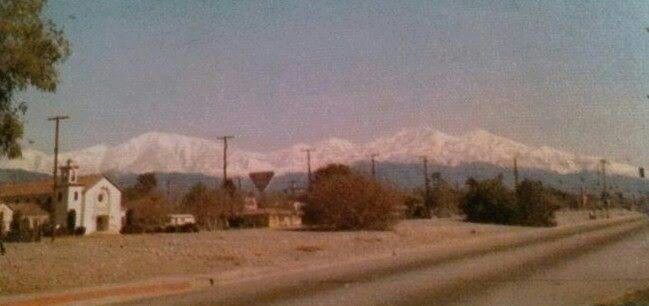
21. The McMullan Dairy was on Frazier where area schools brought students on field trips.
22. Popular pastimes in the 1950s included riding at the horse stables across the bridge of the San Gabriel River, which was an open sand and rock river bed, and ride one hour for the sum of $1.00, a hefty price at that time considering that the minimum wage was fifty cents an hour.
23. In summer 2005, Save Our State, an anti-illegal immigration group based in Ventura, launched a series of protests against the Danzas Indigenas, art at the Baldwin Park Metrolink station designed for the MTA in 1993 by artist Judy Baca.
24. The monument bears several engraved statements whose origins are not attributed. At issue was one particular inscription–It was better before they came—that Save Our State claimed was directed against Anglo whites.
25. In fact, according to Baca, that sentence was uttered by an Anglo white Baldwin Park resident in the 1950s; he was lamenting the influx of persons of Mexican ancestry into the San Gabriel Valley following World War II. Save Our State continued the protests, which drew counter-protesters and required city expenditure on crowd control and riot police. Save Our State stopped protesting towards the end of the summer and has not made any further appearances in the city.

